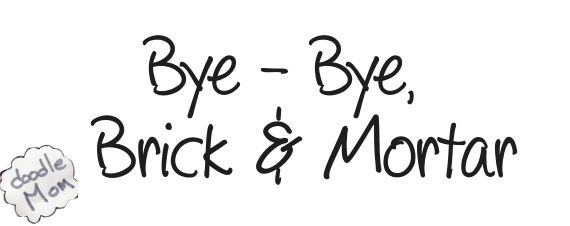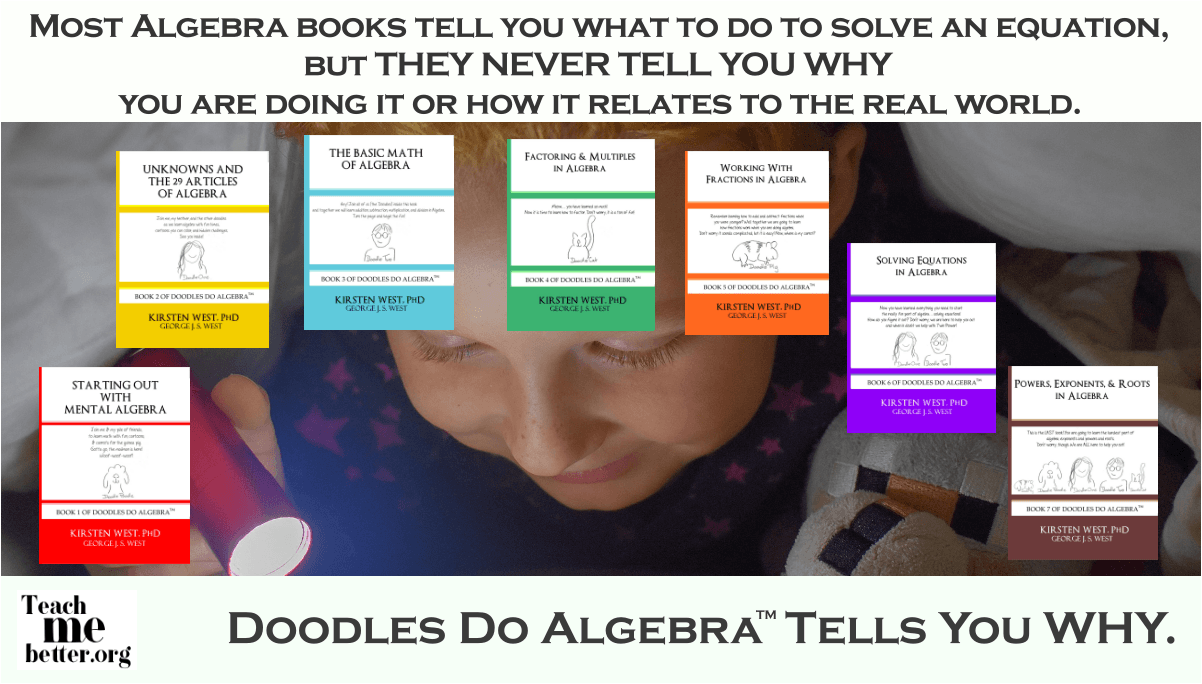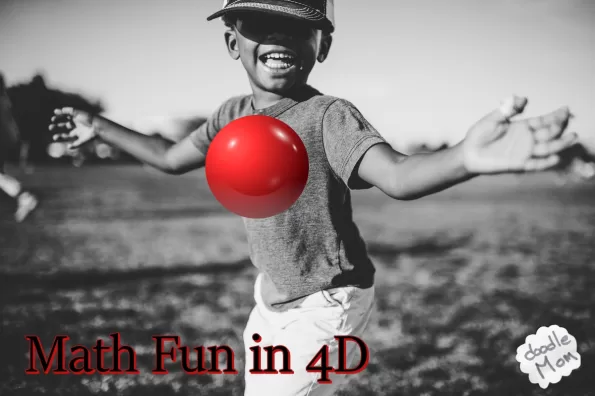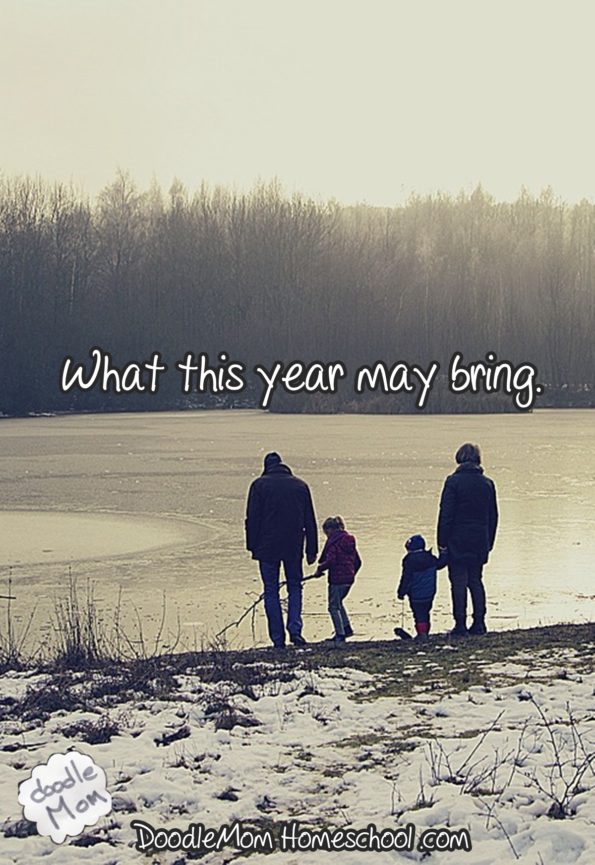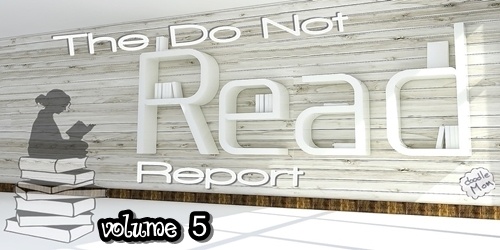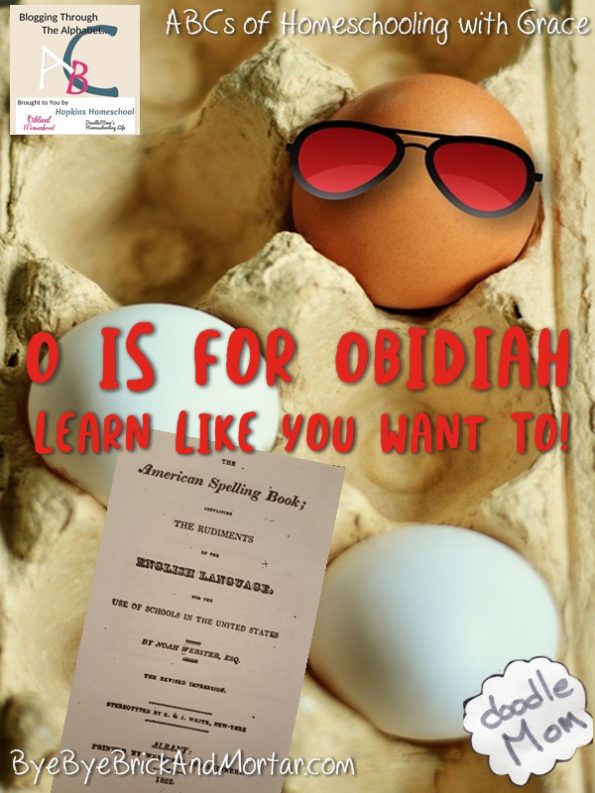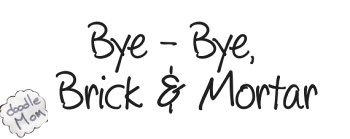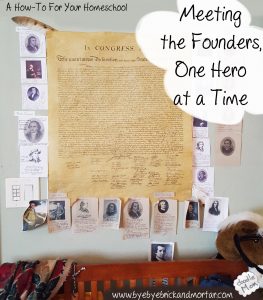 My kids learn best through stories, as I suspect many children do. As they have grown, we have shifted much of our homeschooling style towards incorporating the first person accounts of history, science, art, mathematics, critical thinking, and of course literature. In fact, the way we look at learning in our little homeschool, everything the kids learn can be tacked onto our immense timeline that runs from the beginning of time at one corner of our dining room picture rail (yes we live in a hundred year old house, so it makes our focus on history less of a surprise I suppose), all the way around the room at nearly ceiling level. Over the years, the kids add to the timeline with notes and pictures and art and quotations and maps. It is wonderful for me because I can look up at dinnertime and see the progression in their abilities pasted on the timeline from the days when they were learning to spell and write neatly until today when they can draw and write with the complexity of adults.
My kids learn best through stories, as I suspect many children do. As they have grown, we have shifted much of our homeschooling style towards incorporating the first person accounts of history, science, art, mathematics, critical thinking, and of course literature. In fact, the way we look at learning in our little homeschool, everything the kids learn can be tacked onto our immense timeline that runs from the beginning of time at one corner of our dining room picture rail (yes we live in a hundred year old house, so it makes our focus on history less of a surprise I suppose), all the way around the room at nearly ceiling level. Over the years, the kids add to the timeline with notes and pictures and art and quotations and maps. It is wonderful for me because I can look up at dinnertime and see the progression in their abilities pasted on the timeline from the days when they were learning to spell and write neatly until today when they can draw and write with the complexity of adults.
Unfortunately for my husband, who sometimes wishes he did not have a home that was jam-packed from floor to ceiling with homeschooling and learning supplies, our history timeline did not accommodate a new venture we began this year: American History, which is now slowly taking over a wall in our living room.
It was time for my children to learn about our country’s founding in earnest, so we began by reading Benjamin Franklin’s autobiography (not the Oxford Classic which is not only abridged but also disturbingly different from the original).
Then together we used a life-size parchment replica of the Declaration of Independence to decipher and learn its content and meaning.
Once my kids had a good idea of what was in the Declaration of Independence, and using the historical first-person account of Franklin as a base, I began to read a book to my kids called Lives of The Signers by Charles A Goodrich, is freely available as a PDF download. Now this book is wonderful because it stretches the vocabulary and attention span of my kids, and it was written only a generation or so after the revolution which means that all the details were fresh and the author’s lifespan overlapped many of the signers. The first 75 pages or so of the book is a history of the time leading up to the revolution and a discussion of the issues and hurdles faced by the signatory founders and principle players during the war.
I have found this book absolutely fascinating. We read about one or two new founders each week. The kids find the pictures of the men we plan to read about at the start of the day’s lessons, and print them out with a little room so we can add important notes. Then I read to them, after which we sit and discuss the founder and I let my kids summarize and bring up points of interest that we record on the founder’s picture. Then my kids tape the new founder on our living room wall, grouped by the colony each represented. Sometimes we play a game of find the founder’s signature, which is a really good way to review who these great heroes were without resorting to the mind-numbing tedium of forced memorization. I find that my kids just learn and remember without me having to force the memorization issue. I think there must be a mental block that goes up when you are told to memorize because I always had to work at it in school, and for my kids they hear it or read it once, and it is in their heads for good. It is either our homeschooling method, my husband’s superior genetics, or that super-expensive formula the pediatrician recommended we supplement with when the twins were born. Not sure.
In this way, they can measure the character of each hero and remember the personality traits and actions that really speak loudly. If you came over to visit us and got a close look at the Founders Wall, you would notice funny comments like: “He looks like Daddy,” or “He was brave and faithful like Grandpa.” Sometimes the piece my kids want to remember seems trivial, but in truth speaks volumes about a particular hero. One example is William Ellery who was homeschooled, loved Latin and Greek, had good handwriting, went to Yale, used the phrase “The Lord Reignith” daily, and died at age 92 in 1820 when his heart just stopped while reading. His family and his doctor, who just happened to be visiting, revived him with wine whereupon he finished the chapter and died. Another example is Stephen Hopkins, a really nice man and great mathematician who signed the declaration by pushing his right hand with his left, accounting for the jittery signature. Why? Well, you just have to read the book to find out.
The other piece that my kids gain from learning about our heroic founders this way is an understanding for various forms of writing, from autobiographies to historical accounts and finally eulogies. Hearing and reading makes writing on your own so very much easier. And that is why we read so much to our kids.
So here are the How-To Steps we used:
- read Benjamin Franklin’s Autobiography (free download)
- read The Declaration of Independence
- read Lives of the Signers by Charles A. Goodrich (free download), pasting pictures of each founder up around the Declaration document, and decorating it with miscellaneous treasures, like some owl feathers my sister-in-law found at her work that just add a certain something as far as my kids are concerned.
I have broadened this approach and added the following books to our curriculum, but I am sure there will be more we will find along the way:
- The letters of George Washington (free download)
- The Rights of Man by Thomas Paine (free download)
- The Federalist Papers (free download)
- The Anti-Federalist Papers (free download)
- The History of the American People by Beard & Bagley (free download) (a 1920 California State history text that is exceptional)
- Democracy In America by Alex DeTocqueville (free download) (vol 1 and 2, not the abriged version used in colleges today, but the original because the meaning is quite different when you read the original)
- Winston Churchill’s “A History of The English Speaking Peoples (free download)” (all 4 volumes)
- The Roots of American Order by Russell Kirk
- From Tyndale to Madison by Michael Farris
- The American Republic by Orestes A. Brownson (free download)
- Constitutional Law for Enlightened Citizens by Michael Farris
Obviously we won’t finish this course on American History this year and in fact I plan to keep working with my kids on the subject, reading new accounts, until they graduate high school. This is yet one of the many wonderful aspects of homeschooling: learning becomes a part of living, not something you do at a set time on certain days of the year.
As you can tell from the picture of our living room wall, I don’t push on my kids simply to complete a manufactured timeline. If they ask to stop at just one founder on a given week, or if one of them tells me that he can’t focus for some reason and we just skip the reading for the week, I don’t push and don’t sweat it. The point is for my kids to learn, not for them to follow a timetable that I or society sets for them. Following this general principle I have found that if I don’t push, my kids work slowly through a given course at the start and then somewhere around the middle they accelerate to a break-neck speed and finish long before I had planned. Regardless, it is a process I cannot (and should not) rush.
Whatever we learn together, we learn together… and if I do my job, my kids will continue to learn and read about American History for the rest of their lives but it all began with a timeline in the dining room and a Declaration of Independence with heroes on our living room wall.
